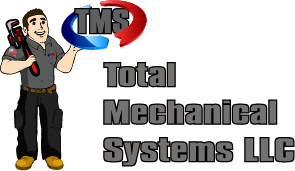There are several types of heating systems out there and we want to ensure you are familiar with all of them, including the type you have and how it works, as well as the others that may be available to you if you are looking to replace and/or increase efficiency, etc.
Let’s go through the different types of systems and give you insight in to how they work and what works best for you and your home.

Furnaces

The majority of North American households depend on a central furnace to provide heat. A furnace works by blowing heated air through ducts that deliver the warm air to rooms throughout the house via air registers or grills. This type of heating system is called a ducted warm-air or forced warm-air distribution system. It can be powered by electricity, natural gas, or fuel oil.

Boilers
Boilers are special-purpose water heaters. While furnaces carry heat in warm air, boiler systems distribute the heat in hot water, which gives up heat as it passes through radiators or other devices in rooms throughout the house. The cooler water then returns to the boiler to be reheated. Hot water systems are often called hydronic systems. Residential boilers generally use natural gas or heating oil for fuel.
In steam boilers, which are much less common in homes today, the water is boiled and steam carries heat through the house, condensing to water in the radiators as it cools. Oil and natural gas are commonly used.
Heat Pumps

Heat pumps are essentially two-way air conditioners. During the summer, an air conditioner works by moving heat from the relatively cool indoors to the relatively warm outside. In winter, the heat pump reverses this trick, scavenging heat from the cold outdoors with the help of an electrical system, and discharging that heat inside the house. Almost all heat pumps use forced warm-air delivery systems to move heated air throughout the house.
Ductless Mini-Split
Ductless mini-split heat pumps, also known as “mini splits” and “zoned HVAC,” are a type of heating and cooling system that doesn’t need any ducts to condition the air.

A ductless mini-split system is made up of two main parts: the indoor air handling unit and the outdoor compressor/condenser.
The indoor unit, usually suspended from the ceiling or mounted high on a wall, sends conditioned air directly into the living space. The indoor unit is directly connected to an outdoor compressor via a refrigerant line rather than a complicated duct system.
Usually, there are multiple indoor air handling units that connect to the one outdoor unit. The multiple indoor units can be independently controlled, but they all use the same outdoor heat pump unit to either absorb or dispense heat.
By only heating and cooling the rooms that are in use, you can save a lot of energy and money. And with more control over the temperature, there will be less family quarrels over who touched the thermostat!
Carrier ductless heat pump systems continue to perform as efficient heating and cooling systems in even the most extreme conditions, providing year-round comfort control, no matter what the weather’s like outside. Even at -22° F, select systems can heat at 80% capacity. They can also cool at 100% capacity when the outdoor temperature is 130° F!








